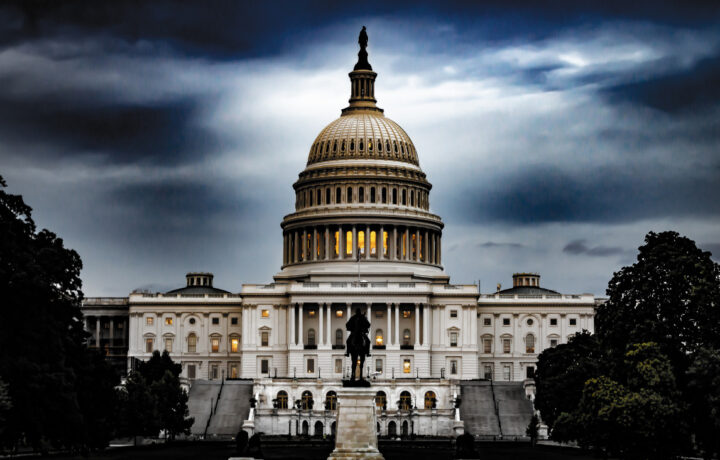On the latest episode of the Security Clearance Careers Podcast, ClearanceJobs host Lindy Kyzer and Jill Hamilton reflect on two decades of progress—and persistent challenges—since the signing of the Intelligence Reform and Terrorism Prevention Act (IRTPA) of 2004. Signed into law on December 17, 2004, IRTPA introduced sweeping changes to the U.S. security clearance process in the aftermath of 9/11, establishing goals and frameworks to address timeliness, standardization, and efficiency.
Timeliness: A Two-Decade Struggle
One of IRTPA’s most ambitious goals was reducing security clearance processing times. The act set a target: 90% of all clearances should be completed in 60 days, with an 80-day window for top-secret clearances. Yet, as Lindy Kyzer notes, this benchmark remains elusive. Current processing times average 169 days for top-secret clearances and 68 days for secret clearances.
Jill Hamilton reflects on her early experiences obtaining a clearance in the early 2000s, contrasting shorter wait times then with the complexities faced by candidates today. Factors like incomplete applications and systemic inefficiencies exacerbate delays, despite government efforts to streamline processes.
Hamilton emphasizes the importance of tracking and measuring each stage of the clearance journey, stating, “If you’re not measuring it, you can’t improve it.” Recent reforms like Trusted Workforce 2.0 aim to address these inefficiencies by incorporating holistic tracking from application submission to adjudication.
Investigative Agencies: Centralization vs. Specialization
IRTPA also recommended the establishment of a single investigative agency to oversee clearance investigations. Over the years, this responsibility has shifted between organizations, with the Department of Defense’s Defense Counterintelligence and Security Agency (DCSA) now managing investigations.
Kyzer and Hamilton debate the merits of this centralized model. While Hamilton praises DCSA’s progress, she highlights the challenges of maintaining consistency across agencies. “A top-secret clearance should be the same everywhere,” she asserts, advocating for uniform standards to enhance transparency and reduce redundancies.
The Single Clearance Database Dilemma
Another pillar of IRTPA was the proposal for a unified clearance database. However, the hosts question the practicality—and cybersecurity implications—of such a system. Post-OPM hack concerns have dampened enthusiasm for centralized data storage, as Hamilton wryly notes, “The IC would rather stick with spreadsheets than risk compromising sensitive information.”
The hosts agree that while inter-agency communication and data sharing are critical, a one-size-fits-all database may not be the answer. Instead, systems need interoperability to ensure seamless reciprocity without compromising security.
Clearance Reciprocity: Trust as a Barrier
One of the most pressing issues remains clearance reciprocity—the ability to transfer clearances between agencies without starting from scratch. While IRTPA emphasized this need, cultural barriers and agency distrust have hindered progress. Kyzer points out the irony: “We have the technology, but agencies still don’t trust each other’s data.”
Progress Amid Challenges
As the episode concludes, Kyzer and Hamilton reflect on the strides made since 2004. The introduction of Trusted Workforce 2.0 has provided a policy framework to address long-standing issues. However, achieving IRTPA’s original vision requires not only technological innovation but cultural shifts within the security clearance community.




